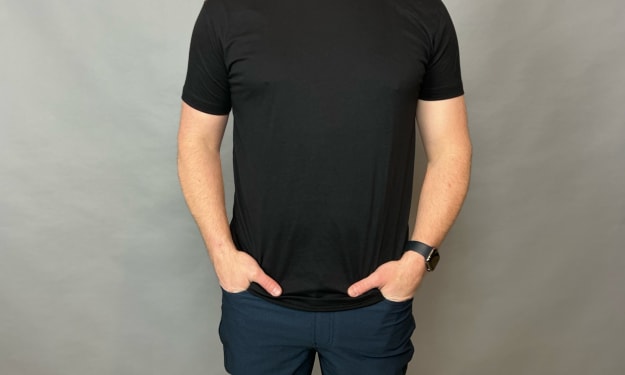If the Shoe Fits: How Clothes Make the Leader
A look on how fashion holds power based on who wears it

When first asked about fashion, it’s unsurprising that the first thing people think about is the clothes. How each individual has their own different style and take on how they dress and how they choose to look. Some people see it as a hobby to spend money on, some see it as a basic necessity, and some see it as their livelihood. It’s a part of our lives that’s unavoidable and like humans – it constantly changes to reflect the times. With that being said, it’s unsurprising that fashion can reflect the psychological, sociological, cultural, commercial, or even political state of those who wear or design it.
The knowledge that beyond fashion lies power is something that has been understood for as long as it’s been known. Hatshepsut was one of Egypt's first female pharaohs, dressed in men's kilts, a headdress, and fake beards. Hatshepsut was a groundbreaking female politician who punctuated her influence with a masculine look, while later queens Nefertiti and Cleopatra posed as Egyptian noblewomen.
Another historical figure known to don fashion as a sign of authority is Queen Elizabeth I – also known as the virgin queen. Through her informal nickname and untainted image, she maintained her authority and held the world in her hands. Elizabeth wore restrained, elegant silhouettes that accentuated her natural beauty in her early years as Queen. However, as her power and influence increased, so did the opulence of her attire. Her skirts were complete and heavy, with frameworks farthingales beneath, and embraced tiny, corseted waists held in by wooden or metal boning. Elizabeth wore white to convey her reputation as the Virgin Queen, which had connotations of beauty, virginity, and innocence. She, on the other hand, wore black, a color associated with experience and gravity. She wore satin, silk, and velvet, which were hand-woven into flourishing floral patterns that swarmed over her with glistening regal beauty, and which were trimmed with the finest golden and silver threads, hand-woven into flourishing floral patterns that swarmed over her with glistening regal beauty. Pearls, sapphires, diamonds, and rubies were stitched in networks over these details, with pearls, sapphires, diamonds, and rubies symbolizing purity and virginity, and assisting her in conveying her message of chastity.
Fast forward to modern times where women held positions within offices dominated by men. Margaret Thatcher is a prime example of how fashion is more than just for show. Thatcher's crisp wardrobe drew as much scrutiny as her policies during her tenure as Prime Minister, which spanned 1979 to 1990. Thatcher's polished skirt suits exuded a much-needed aura of resolve and superiority in the face of greater media attention than her male counterparts, creating a sense of dominance in every room she visited. At the same time, the prime minister’s style showcased her love of feminine and elegant details. A beloved string of pearls or a pussycat bow blouse peeking from under her jacket also softened her appearance.
The legacy of her style spans to this very day, with modern female figures such as Angela Merkel, Hillary Clinton, Michelle Obama, and Kamala Harris proving to the world that power lies within fabric and stitches. Fashion, at its finest, is an act of fashion, imagination, personal expression, and, in some cases, political messaging. Clothing, body language, and accessories options all convey a great deal. This is particularly true at a ceremonial event like the inauguration, which serves more of an allusive than a functional purpose. It's enticing to look for hidden messages within each outfit worn by a high authority figure. Political observers and fashionistas, in particular, are constantly on the lookout for secret messages. Perhaps the hat was a metaphor. Maybe the hat was just that – a hat. In any case, it demonstrates fashion's ability to create a political point, whether intentionally or unintentionally. Fashion, as a visual medium, is at the forefront of conversation. An outfit will suggest something unlikely or impolitic to bring into words in the blink of an eye.
About the Creator
Avalon Morgenstern
i write whatever’s on my mind





Comments
There are no comments for this story
Be the first to respond and start the conversation.